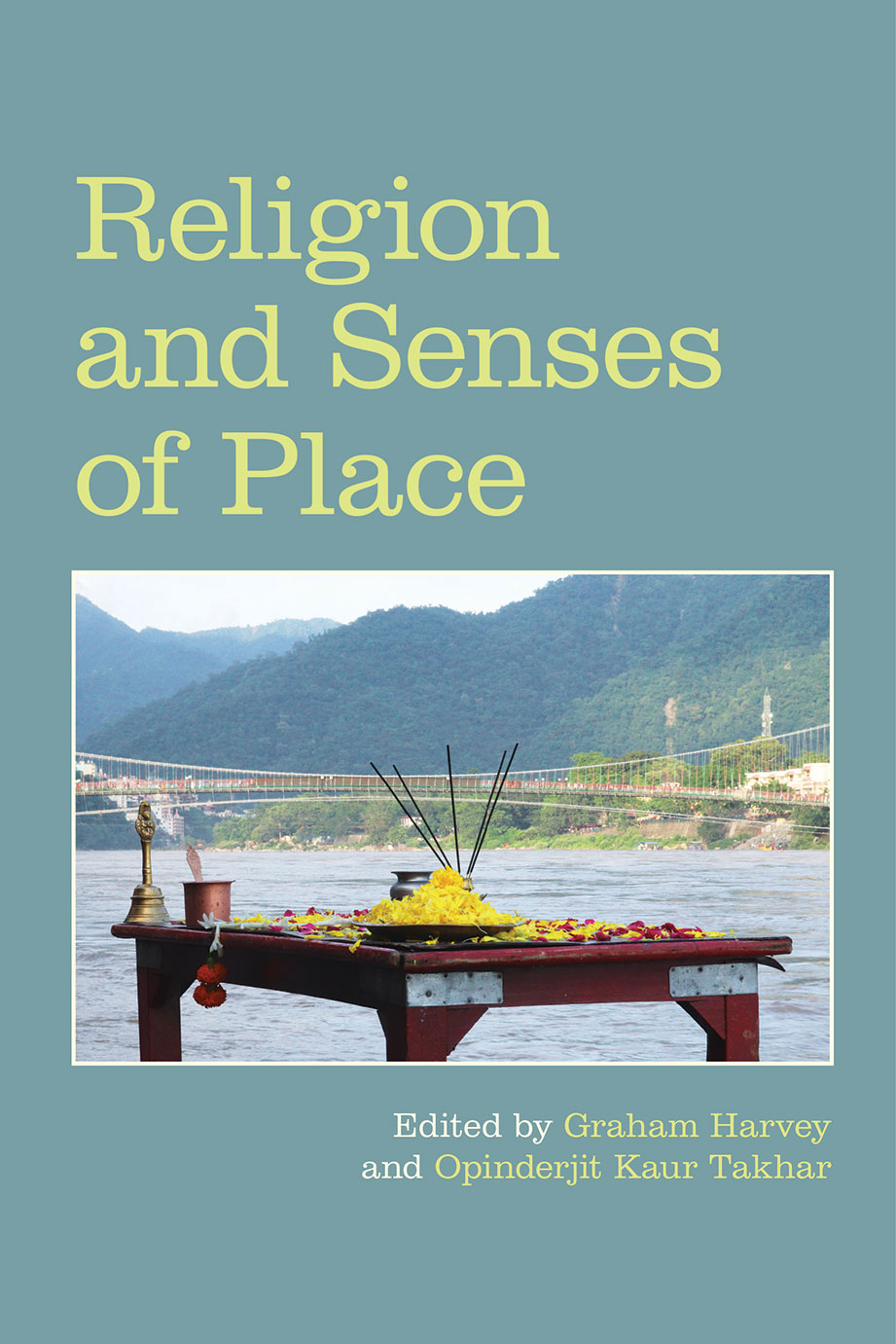A Tuna in Every Puna: Photofilmic Practices and Ngāti Porou Māori Tribal Desires for Environmental Reinvigoration of Freshwater Springs
Religion and Senses of Place - Graham Harvey
Natalie Robertson [+]
AUT University, Tāmaki Makaurau (Auckland)
Description
How might photographic and video practices support indigenous tribal goals for environmental restoration of waterways? This chapter discusses how Ngāti Porou hapū (sub-tribal communities) desires for the environmental restoration of puna wai (freshwater springs) are responded to through photofilmic practices supplemented by archival research. The Waiapu River on the East Coast of Aotearoa is in the midst of a century-long catastrophic environmental disaster due to deforestation. In response, river hapū have identified ‘desired state’ environmental indicators including that ‘Underground springs are used and protected’. Elders speak about times when there was ‘a tuna in every puna’, an eel in every spring to keep the water clean. Assisted by oral histories and land court records. I work with my Te Whanau-a-Pokai hapū to locate ecological microsites to visually record their current state, establishing working methods for using images as tools for inspiration and instigation for protection, and ecological restoration. The scale of the Waiapu River erosion disaster requires many generations of restorative work. Yet commencing healing the tributaries and freshwater springs of the catchment is conceivable in shorter timeframes. Our remaining elders who once used freshwater springs maintaining strict tikanga (protocols), and who can retell the stories, are now in their eighties and nineties. It is imperative to find collective ways to activate change to uplift the mauri (lifeforce) of the water in their lifetimes. Investigating ancestral places associated with water is important because they reveal the cultural and ecological mātauranga-a-iwi (tribal knowledge) of our tīpuna (ancestors), within tribal organizational boundaries marked by genealogies






